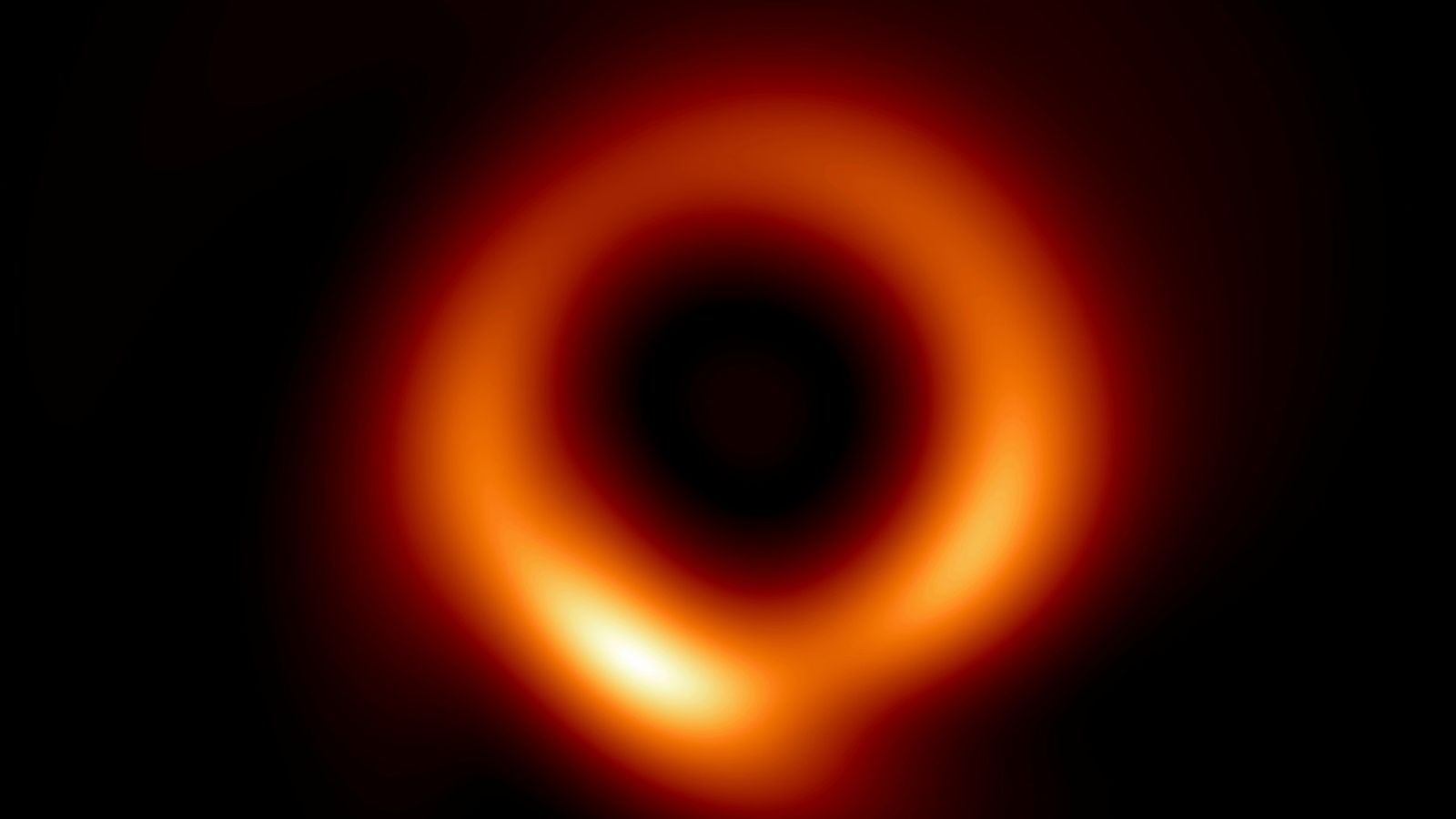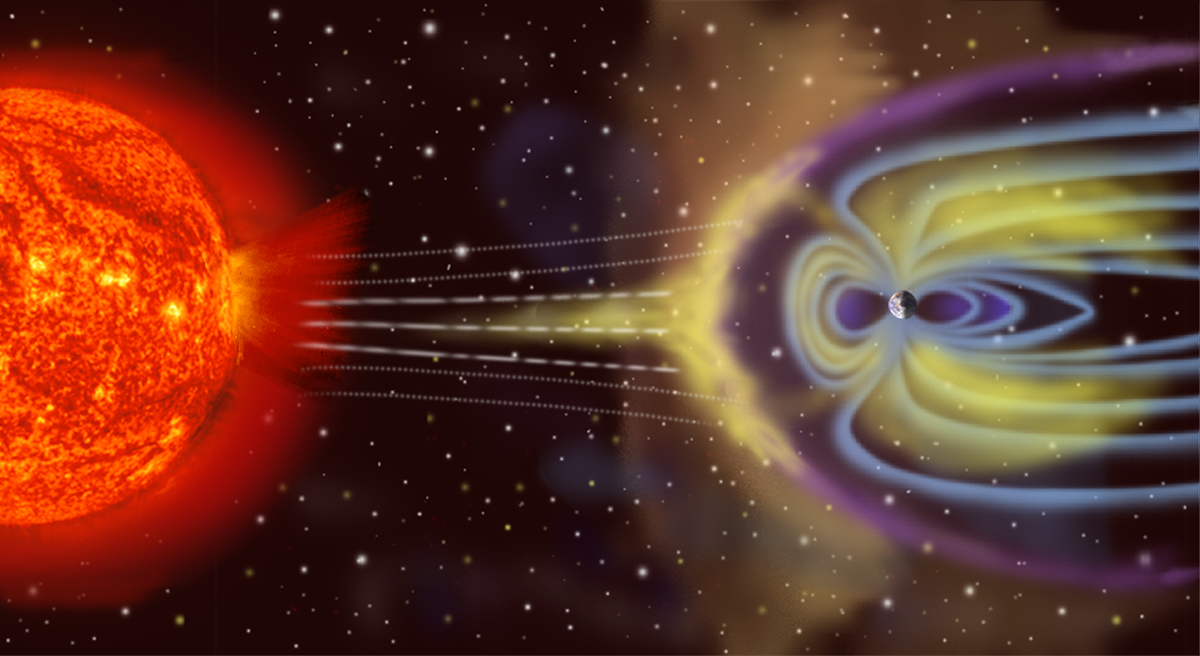The Event Horizon Telescope is the first (and so far the only) instrument that has allowed astronomers to reconstruct the regions around the supermassive black hole in our galaxy and in the M87 galaxy. However, the team of scientists notes that it could be used to study another group of fascinating space objects.
We are talking about things that are really hard to imagine. What a rich imagination it takes to imagine a neutron star several tens of kilometers in diameter, making several hundred revolutions on its axis per second, and sweeping its surroundings with a beam of radio energy emanating from its magnetic poles. This is what millisecond pulsars look like.
Such objects emit pulses of such high regularity that they can be treated as a kind of cosmic clock. Any change in its motion can be measured with unprecedented accuracy. We’re talking about an order of magnitude that allows us to measure the rate at which their orbits are contracting due to the emission of gravitational waves.
So far, astronomers have identified about 2,000 pulsars in our galaxy. But the problem is that it is estimated that there are up to a billion such objects in our galaxy. However, we cannot see it because it is too small and too dark to see.
But what is the relationship between pulsars and black holes?
Regardless, since there must be a lot of them in our galaxy, at least some of them must be in the center of our galaxy, orbiting the supermassive black hole SgrA*. And this is very interesting, because if such perfect cosmic clocks can be observed in orbit around a black hole, We can use it to test general relativity in a way that is not possible today.
As a general rule, the center of our galaxy is very difficult to observe because it is full of gas and dust that obscures its inner regions. However, the truth is that in the radio wavelength range we can see behind this dusty curtain. For a long time, astronomers have been observing individual stars orbiting directly near a supermassive black hole. The problem is that measurements of these stars cannot confirm whether they are moving according to general relativity or other alternative theories of gravity.
It would be completely different if a millisecond pulsar could be found in the same place. Such an object would make it possible to measure orbital dynamics and the effect of a strong gravitational field on mass with great accuracy. That’s why a team of astronomers has begun scanning data from the Event Horizon Telescope in search of millisecond pulsars in the immediate vicinity of a supermassive black hole.

Echo Richards embodies a personality that is a delightful contradiction: a humble musicaholic who never brags about her expansive knowledge of both classic and contemporary tunes. Infuriatingly modest, one would never know from a mere conversation how deeply entrenched she is in the world of music. This passion seamlessly translates into her problem-solving skills, with Echo often drawing inspiration from melodies and rhythms. A voracious reader, she dives deep into literature, using stories to influence her own hardcore writing. Her spirited advocacy for alcohol isn’t about mere indulgence, but about celebrating life’s poignant moments.





![The cameras did not show that Sabalenka exploded after the defeat to Świątek [WIDEO]](https://i.iplsc.com/-/000J2C6R8MFA6YCT-C461-F4.jpg)

